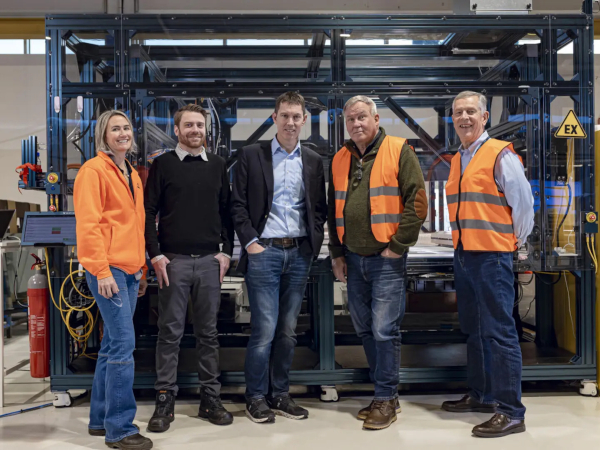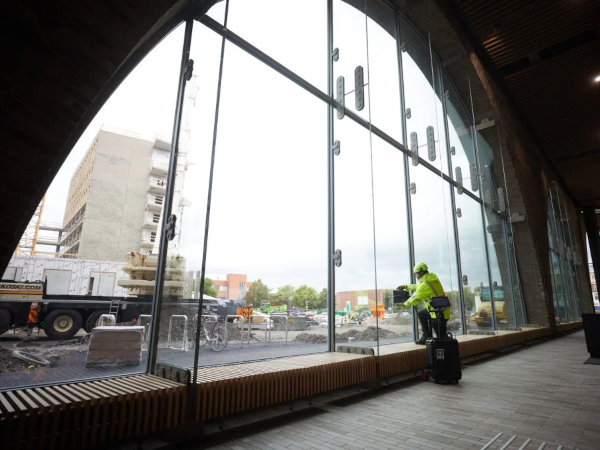Date: 8 September 2011
On cold days, the windows would prevent heat escaping and on hot days, the windows would reflect infrared radiation, keeping the room inside cool.
Vanadium dioxide (VO2) has long been recognised as a potential candidate material for making 'smart windows' because it can change from a transparent semiconductive state at low temperatures, allowing infrared radiation through, to an opaque metallic state at high temperatures, while still allowing visible light to get through. VO2 has its drawbacks, however: it's not a very good insulator and can only be made at very high temperatures of 420-500°C.
Read the full story
www.rsc.org/chemistryworld/News/2011/September/08091102.asp










Add new comment